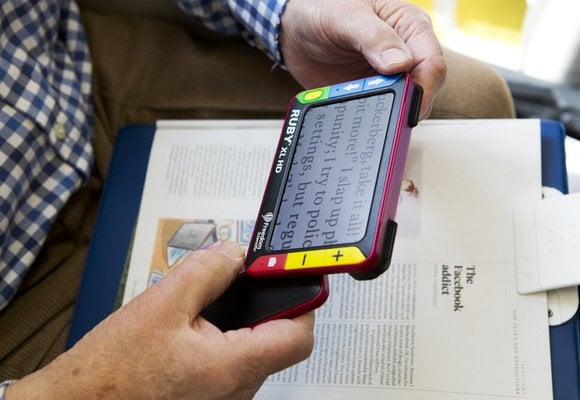If you are sighted, just think about how often you read during the day, when you encounter signs and maps, or labels on food and drink. Knowing how to write and read braille means that people can label tins of food in the cupboard, read medicine packaging or even just play cards.
Braille isn't just a replacement for writing. It is easy to forget how important colours, logos, symbols and other visual signposting are to working out what something is. Imagine a world where you couldn't rely on the pictures on labels or the symbols on machinery.







